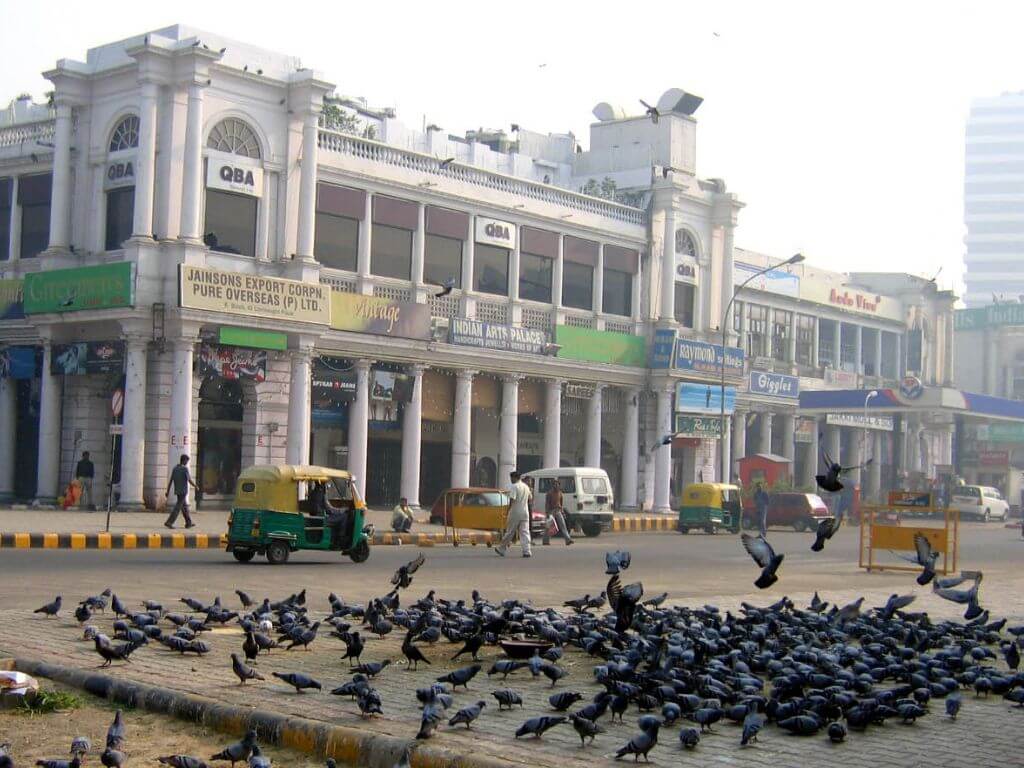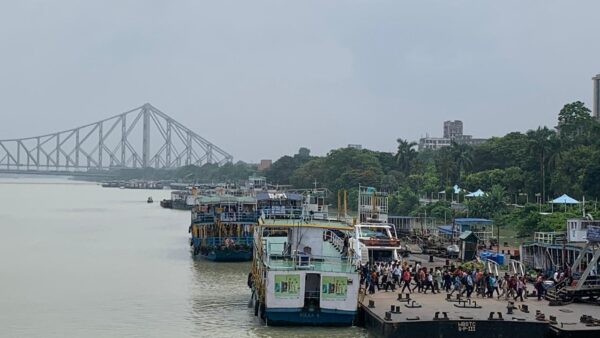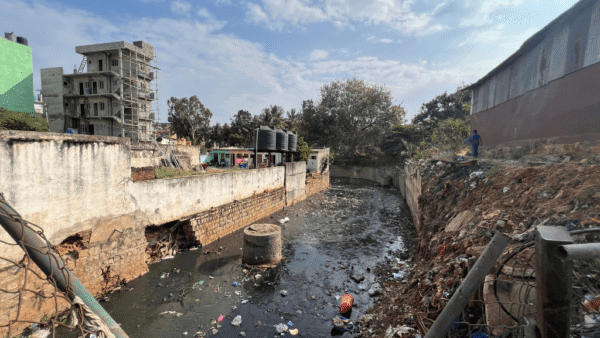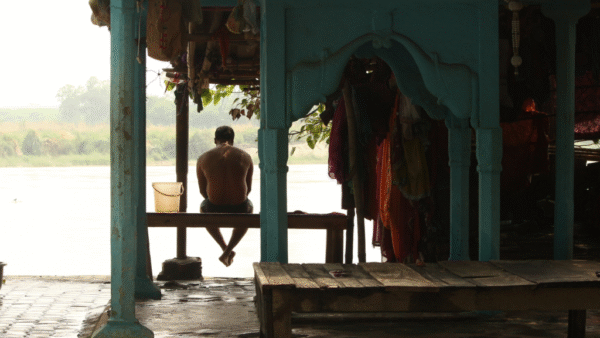Lynn Staeheli (1997) defines public space as “a setting for debate, the exercise of rights as citizens, and a place where people of diverse backgrounds can meet as a community”. Historically, the public realms were forums of ‘interactive’ practice – the agoras of Greece, forum Romanum of Rome, chaupals of Jaipur or the squares or plazas of Britain.
The public sphere was shaped for public assembly, community gatherings and social discourses. Technological advancements and the electronics revolution introduced concepts such as ‘spaces of flow’ versus ‘spaces of places’. Decentralisation was made possible and the idea of a central interactive forum seemed obsolete in the world of media and the internet. Today, social media has played a decisive role in the emergence of a networked public sphere where the easy possibility of communicating effectively allows individuals to reorient themselves from passive readers and listeners to potential speakers and participants in a conversation (Benkler, 2006).
Political and social discussions, dissent, cultural communications are taking place on Facebook, Twitter and WhatsApp. The ‘physical’ public space has turned ‘virtual’. As a result, the new generation public space has also seen a major shift from spaces of socio-cultural exchanges and community interactions to ‘spaces of consumption’; from politics to entertainment and commerce. This new realm has been at times accused of being reduced to an active shopping realm; newer solutions include multiplexes, cinema halls, food joints, malls, cafes, theme parks, ticketed lifestyle centres and the likes: one-stop centres with adequate automobile parking.
New urban typology favours private interests
While the very definition of the public space has undergone change, there is also a swing in the way the public realm is shaped. In the globalising economy, the government no longer plays the role of the sole-provider; private players have progressively had a more important say in these matters.
The increased involvement of the private players in public space provisions, led by public-private-partnerships (PPPs), large scale business interests and subsequent restrictions on the social accessibility of the public realm has transformed the way public spaces were shaped. This, coupled with the city’s ambitions of using public space as a visual component of its image-led strategies, has given rise to a new urban typology that has begun to define our public realm. This typology, unfortunately, seems to favour private interests, is designed for a ‘few’ and successfully excludes a large segment of the society.
The mall culture is an ‘excluding’ typology. Shopping malls are the all-encompassing units that concentrate activity in and on themselves, without the need to respond to the context they are placed in. They are a world in themselves, privately owned but open to the public entities, where the owners have the right to ‘exclude’. Though this is not done explicitly, codes of conducts, list of forbidden activities, constructing people’s perception of the place and such invisible markers help keep out the unwanted.
Exclusiveness is often achieved through indirect mechanisms. It should also be documented here that the rise of shopping malls and private gated communities is attributed to a degrading public realm, which had become too unpleasant with its growing extremes of poverty and wealth. Those who could, have happily disengaged themselves from the ‘true’ public spaces that cannot exclude the disenfranchised for a safer, cleaner alternative that happened to be a ‘privatised’ alternative.
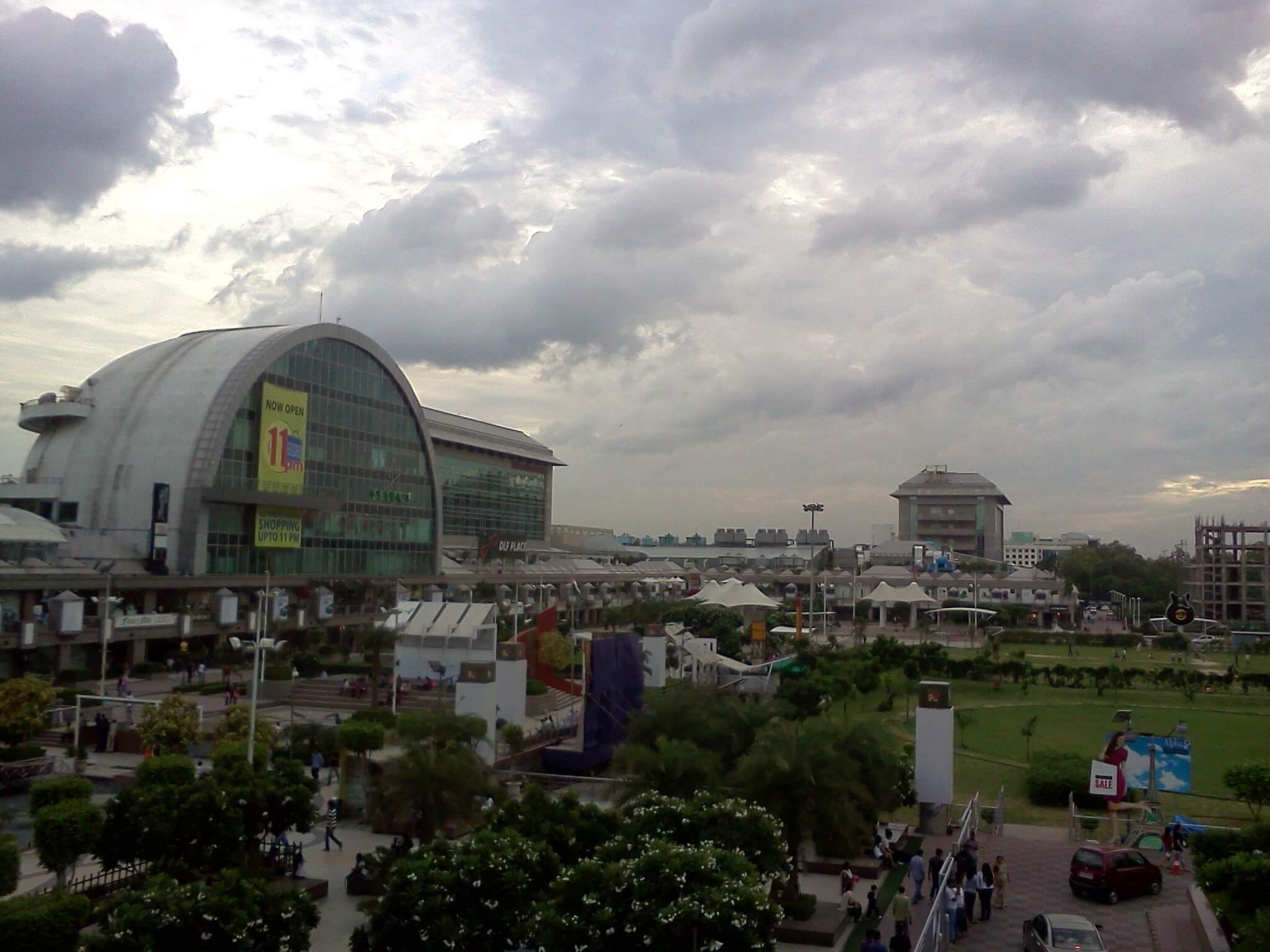
Photo: Prateek Karandikar
Excluding the informal in open public spaces
Another elimination that privatisation does, is exclude the informal. Informality is spontaneous, it is uncontrolled and unplanned. Most often, it is a way by which the underprivileged stake their claim in the city. As Margaret Kohn (2004) suggests, ‘Privatization reinforces existing patterns of segregation. It makes it easier to ensure that business people do not encounter street people, consumers do not confront citizens, and the rich do not see the poor’. It should also be recognised that the disenfranchised would not enter into these exclusive enclaves because they realise they cannot be a part of it.
A comparison of Connaught Place and the Saket District Centre is an apt example of this. With similar building typologies of a shaded colonnade running around the building, Connaught Place allows appropriation of the semi-open corridor, wherein these passive building edges have successfully transformed into public places. These become popular locations for temporary activities, street vendors selling books, the paan shop or artists displaying their artwork for sale.
They also sustain temporary everyday activities in public space such as waiting, making a call or watching others. This possibility of socio-cultural appropriation of space is forbidden in privatised public spaces like Select Citywalk or DLF Avenue at Saket District Centre. The urban plaza in front of Select Citywalk and DLF Promenade, though conceived as an open public place, is nevertheless owned by the Select Group and DLF respectively. Have you seen a hawker in that plaza as you would in the plazas of Nehru Place or Janakpuri district centres? What is the composition of visitors like? Why is a particular segment of the society entirely eliminated from the district centre, which by definition is to serve a ‘district’, and a district can never be regular with respect to income levels?
Public spaces: Old versus new
The complete expurgation of the informal sectors in the urban plazas in our newer district centres and a more homogeneous ‘public’ being served is increasingly enhancing gentrification, social exclusion and stratification. Increasing preferences for privacy and security diminishes social interaction and diversity, if only because strangers of differing ages, classes, ethnicities, genders and religions have less opportunity to mingle in the same physical space (Leckie and Hopkins, 2002). This alienates and discourages a sense of belonging and community for large segments of society.
When the government has conveniently drawn away from its responsibility and has placed entire district centres into private hands, the fallouts are not unexpected. Public spaces in the Indian cities — the bazaars, maidans, ghats, chowks and chaupals — have for time immemorial been the hubs of social, recreational and cultural activities as well as economic exchanges. A good urban public space, in the Indian context, has always been a mix of formality and informality. Most of our public spaces may seem chaotic, overcrowded or maybe even dirty and unsafe, but these are also the most vibrant and inclusive, exuding colour and life.
The interplay of the informal as an overlay above the formal design, leads to an evolution and democratisation of the space; their common ownership and easy accessibility mark their success as sites of democracy and inclusivity (Gupta, 2019). When dealing with informality, it should be acknowledged that informal economy is the people’s spontaneous and creative response to the state’s incapacity to satisfy the basic needs of the impoverished masses (Soto, 1998). Possibilities of socio-cultural appropriation of space is an important factor in designing cities.
Public spaces, by nature, are socially inclusive and pluralist (Tiesdall & Oc, 1998). The urban environment is a composition of inclusive and exclusive public and private spaces. Accepting that the relation between inclusive public space and exclusive private space is a continuum, rather than a dichotomy, it is perhaps possible to define a public space with various degrees of inclusivity (Akkar, 2004).
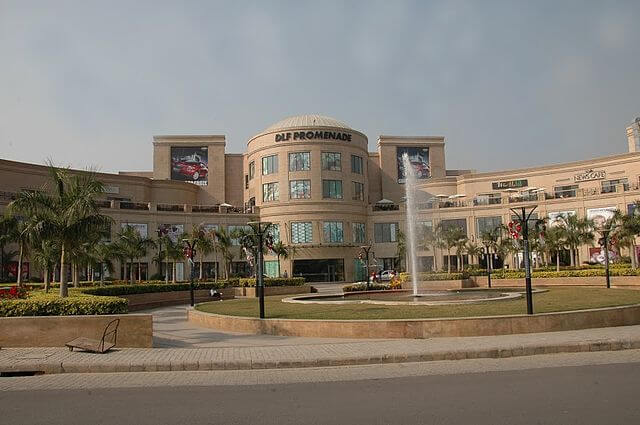
Photo: Siddhartha
Equity an important pillar in sustainability
In this scenario, where the public realm has taken a gigantic leap from the fluid to exclusive, where the very function of the public space has undergone a change and where external forces determine ‘the public’ in the contemporary public spaces, is the vision of a truly democratic space, ‘a mere utopia’? Or is it possible to establish the extent to which the co-existence of both the privileged and the disenfranchised is possible in the same spatial setting? Will this require a change in the typologies used or is there a need to develop a new typology that will best fit the contemporary nature of public taste and the definition of public space as socially inclusive? Or does the arrangement of spaces/ functions require rethinking?
As social activist Ela Bhatt points out, “The challenge is to convince the policy makers to promote and encourage hybrid economies in which micro-businesses can co-exist alongside small, medium, and large businesses: in which street vendors can co-exist alongside kiosks, retail shops, and large malls. Just as the policymakers encourage biodiversity, they should encourage economic diversity. Also, they should try to promote a level-playing field in which all sizes of businesses and all categories of workers can compete on equal and fair terms.”
The challenge is to realise that equity is one of the important pillars of the 3Es of sustainability, not only in books, but in reality, and our contemporary public spaces are not a respectable illustration of that.
References:
Staeheli, Lynn A. and Albert Thompson (1997) Citizenship, Community, and Struggles for Public Space. Professional Geographer 49 (1): 28-38.
Akkar M (2004). New-generation public spaces – How ‘inclusive’ are they? Open Space: People Space Conference, Edinburgh.
Benkler, Yochai (2006). The Wealth of Networks. New Haven, CT: Yale University Press.
De Soto, H. (1989). The Other Path: the economic answer to terrorism. London: Harper and Row.
Gupta, Archana and Anshuman Gupta (2019). Celebrating Public Spaces. My Liveable city, pp. 18-23.
Kohn M (2004). Brave New Neighbourhoods: The privatisation of public spaces, London: Routledge
Leckie, Gloria J. and Jeffrey Hopkins (2002) The Public Place of Central Libraries: Findings from Toronto and Vancouver. The Library Quarterly 72(3): 326-372.
Staeheli, Lynn A. and Albert Thompson (1997) Citizenship, Community, and Struggles for Public Space. Professional Geographer 49 (1): 28-38.
Tiesdell, S. & Oc, T. (1998) Beyond fortress and panoptic cities—towards a safer urban public realm, Environment & Planning B: Planning & Design, 25, pp. 639–655.
Ruchi Saxena is an architect with a master’s degree in urban design from the School of Planning and Architecture, New Delhi. With over 14 years of experience in academics, she is currently an associate professor (visiting) at Lingaya’s Vidyapeeth, Faridabad. Her research interests include urban sociology, architectural psychology and architectural pedagogy.
Cover photo: Creative Commons

